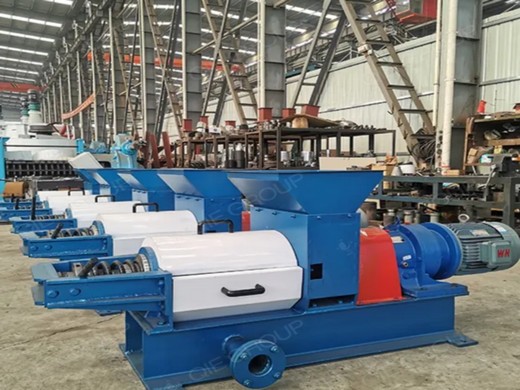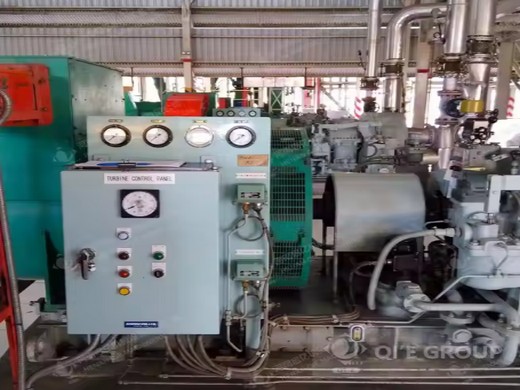Forecasting the Volatility of Palm Oil Market
involving in investment of crude palm oil. Investors can have a further understanding of the fluctuation or risk associated with the crude palm oil price volatility. Volatility is a great concern for policy makers and regulators who are interested in the effect of volatility on the stability of financial markets in
Modeling and Forecasting the Volatility of Oil Futures Using the ARCH Family Models 81 With crude oil being the world’s most actively traded commodity, its futures on the NYMEX provide the world’s most liquid forum for crude oil trading and account for the largest futures contract trading on a physical commodity in terms of volume.
Forecasting price volatility range of crude palm oil
Forecasting price volatility range of crude palm oil by mining the historical data using hybrid range model Article in Frontiers in Artificial Intelligence and Applications 274:531-540 · January
products. The oil palm industry is a contributor to Malaysia’s export revenue. Thus, modelling and forecasting of CPO prices are important so as to obtain valuable information pertaining to the future of CPO prices. Box-Jenkins approach was used to forecast monthly crude palm oil price [1].
Publications at Faculty of Economics Chiang Mai
Publications by members of Faculty of Economics Chiang Mai University Chiang Mai, Thailand These are publications listed in RePEc written by members of the above institution who are registered with the RePEc Author Service.Thus this compiles the works all those currently affiliated with this institution, not those affilated at the time of publication.
Combination of the techniques with SVR will be better and efficient in forecasting (Nalbantow et al., 2007; Samsudin 2010; Crone et al., 2006). 2.2.3 Comparison between ARIMA Model and SVR Model. In 2010, Allen & Singh (2010) analyzed and compared the forecasting oil price with the applicability of SVR and ARIMA modeling.
Items where Subject is "C Mathematical
Items where Subject is "C Mathematical and Quantitative Methods > C5 Econometric Modeling > C58 Financial Econometrics" Delavari, Majid and Gandali Alikhani, Nadiya and Naderi, Esmaeil (2013): Does long memory matter in forecasting oil price volatility?
What are the factors driving up the price of crude oil? Barclays bank has increased its prediction for the year’s average price from $62 to $73 per barrel with the IMF forecasting 3.9%
UMEXPERT PROF. DR. GOH KIM LENG
PROF. DR. GOH KIM LENG 2012. Modeling and Forecasting the Crude Palm Oil Price and Production of Malaysia,in: Noor Azina Ismail and Susila Munisamy (eds.), Statistics in Research, forthcoming. Master Degree, Soong Fui Kiun, Macroeconomic Responses to Oil Price Changes and Volatility, 2001/2002 ; Master Degree, Chuah Lee Suan, GARCH
Khan, Salman, 2010. "Crude Oil Price shocks to Emerging Markets: Evaluating the BRICs Case," MPRA Paper 22978, University Library of Munich, Germany. Bianconi, Marcelo & Yoshino, Joe A., 2014. "Risk factors and value at risk in publicly traded companies of the nonrenewable energy sector
- What is the best model for predicting palm oil production in Thailand?
- The ARIMA (2,1,2) (0,1,1) 12 model was the best model for predicting Thailand's total crude palm oil production and yielded the MAPE =13.49% Crude palm oil extracts from squeezing palm pulp look like a reddish-brown liquid.
- Can we predict the price of crude palm oil?
- Predicting the price of crude palm (CPO) oil is vital for resources management, especially in agricultural farms. However, the price of CPO is very volatile in uncertain economic conditions and the agricultural environment. In addition to this volatility, the CPO price presents non-linearity features, making its prediction challenging.
- Which method is used to forecast crude palm oil production?
- Since the total crude palm oil production has trend and seasonal variation, the research used the Holt-Winters method with different initial settings for trend and seasonal influence, the Bagging Holt-Winters method, and the Box-Jenkins method to construct the forecasting models.
- Why is the price of palm oil fluctuating?
- The price of palm oil has fluctuated over the previous three decades. Its price is more volatile worldwide compared to the one of other commodities such as cocoa, soybeans, and rubber. Due to the and uncertainties (Karia & Bujang 2011).
- What is crude palm oil used for?
- Crude palm oil is a raw material in many industries . In general, the uses of crude palm oil are divided into two types: used for consumption, such as snacks, instant noodles, sweetened condensed milk, and margarine, and used as alternative energy, such as B7 diesel, B10 diesel, and B20 diesel.






